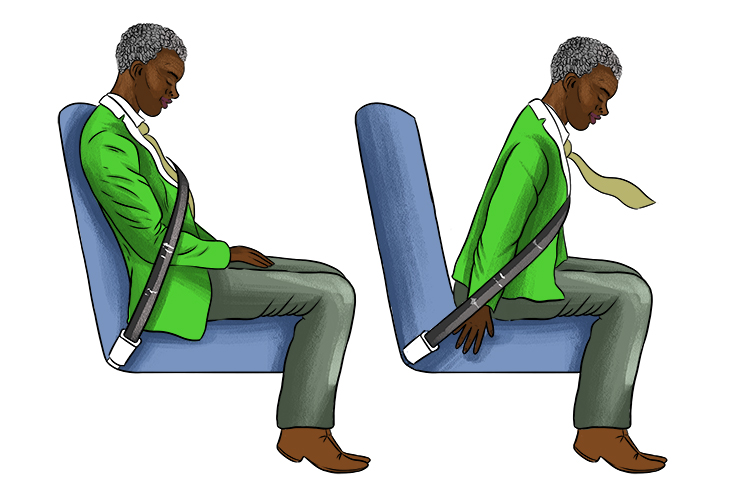What does Newton's First Law of Motion state?
An object at rest stays at rest and an object in motion stays in motion unless acted on by an unbalanced force.
What is the equation for Newton's Second Law of Motion?
Force = mass * acceleration
What does Newton's Third Law of Motion state?
For every action there is an equal and opposite reaction.
What is the definition of speed?
The distance an object travels in a specific amount of time.
What equation do you use to calculate acceleration?
A = F/m
What is Newton's First Law of Motion also know as?
The Law of Inertia
What are the units for Force, Mass, and Acceleration?
Force is in Newtons (N)
Mass is in kilograms (kg)
Acceleration is in meters per second squared (m/s^2)
What is the action and reaction in the picture below?
Action = turn engines on and gas/heat push down
Reaction = rocket flies up in the air
What is the definition of velocity?
The speed of an object in a given direction.
What equation do you use to calculate mass?
m = F/a
 The pictures above show someone in a car driving and the second pictures is when the driver slams on the breaks in order to come to a complete stop. How is Newton's First Law of Motion at work?
The pictures above show someone in a car driving and the second pictures is when the driver slams on the breaks in order to come to a complete stop. How is Newton's First Law of Motion at work?
An object in motion will remain in motion unless acted on by an unbalanced force.
If Sam throws a ball that weighs 2 kg at an acceleration of 10 m/s^2. What is the net force acting on the ball?
F = m*a
F= 2 kg * 10 m/s^2
F= 20N
How can a balloon be an example of Newton's Third Law of Motion?
Answers may vary.
How can you tell if something is accelerating?
If the object is speeding up, slowing down, or changing direction.
If Thomas shoots an arrow that weighs 0.6 kg with a force of 2,000 N, what is the acceleration of the arrow?
a = F/m
a = 2,000 N / 0.6 kg
a = 3,333.33 m/s^2
Give an example of the Law of Inertia.
*Answers will vary
If Sally pushes a cart with a force of 20 N and the cart weighs 5 kg, what is the acceleration of the cart?
A = F/m
A = 20 N / 5 kg
A = 4 m/s^2
If two people who weighed the same amount are each standing on a skateboard and push away from each other with equal force, what will happen to them? Relate it to Newton's Third Law.
They will both move back the same distance.
Speed = 5 m/s
Velocity = 5 m/s East
Acceleration = 0 to 5 m/s
*just examples
What is the difference between potential and kinetic energy?
Potential energy is the energy held by an object because of its position. Kinetic energy is the energy an object possesses due to its motion.
Do objects with greater mass have more or less inertia? Why?
Objects with greater mass have greater inertia because it takes a greater amount of force to move the object with more mass.
If Steve kicks a medicine ball with a force of 15 N and it accelerates at 3 m/s^2, what is the mass of the medicine ball?
m = F/a
m = 15 N / 3 m/s^2
m = 5kg
A diver dives off of a raft - what happens to the diver? What happens to the raft? How does this relate to Newton's Third Law of Motion?
The diver moves forward into the water and the raft moves backwards. The action of the diver pushes the raft back and the action of the raft pushes the diver forward.
If you drove your car 300 miles in 5 hours. If we assume you drove the same speed the entire time, what speed did you drive?
Speed = distance / time
Speed = 300 miles / 5 hours
Speed = 60 miles per hour
At which two points is there the greatest potential energy and at which two points is there the greatest kinetic energy?
Potential = W and Y
Kinetic = X and Z